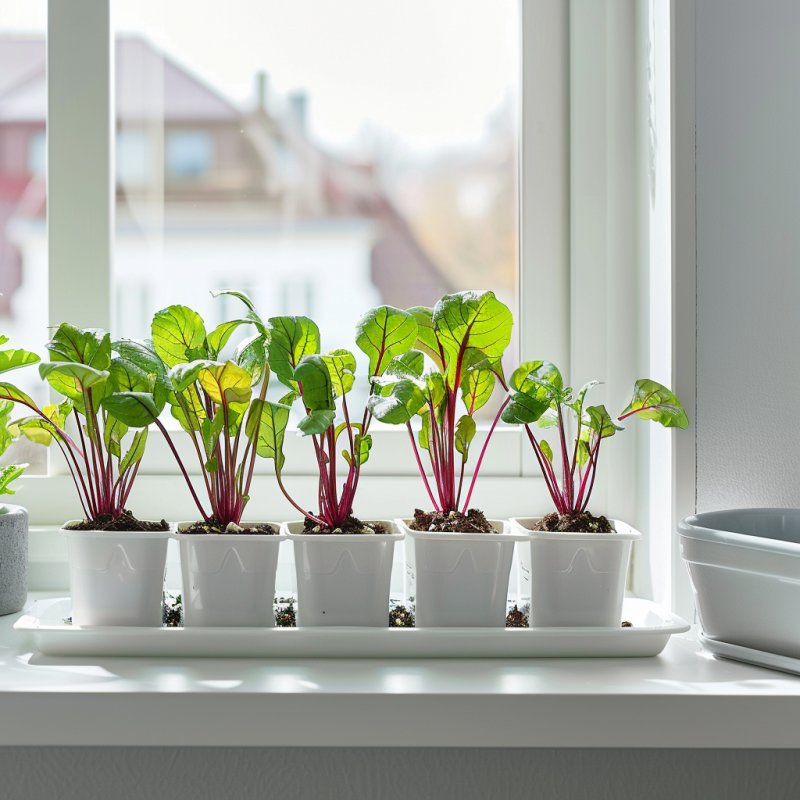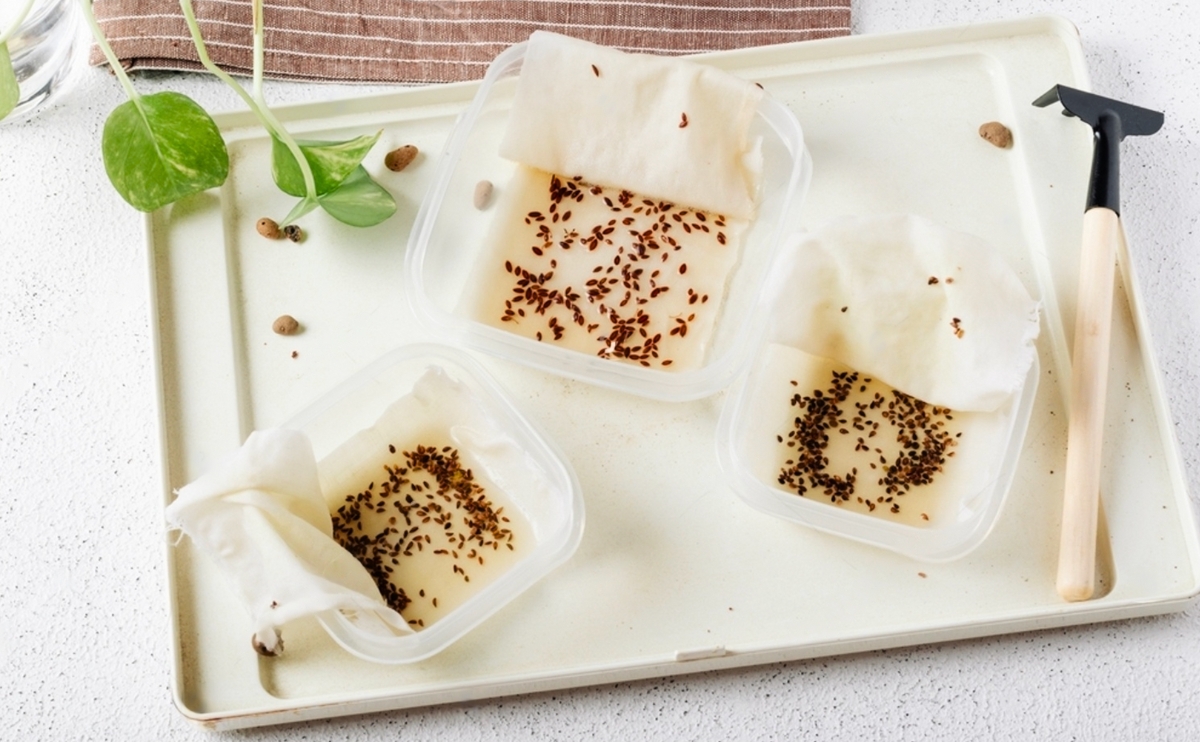Gardening begins with the pivotal step of seed germination, the process by which a seed sprouts into a new plant. This stage is crucial as it sets the foundation for a plant’s growth and development. However, gardeners often face challenges in achieving high germination rates, which can impact the success of their gardens. One effective method to improve these rates is through heat treatment, a technique that involves the use of water at controlled temperatures to prepare the seeds for planting.
Understanding Heat Treatment
Heat treatment is a simple yet highly effective method to enhance seed germination. It works by soaking the seeds in warm water, followed by a brief immersion in cold water. This process helps in breaking down the hard outer coating of the seeds, making it easier for them to absorb water and germinate. It mimics natural processes where seeds undergo temperature fluctuations, signaling them to start growing.
A Step-by-Step Guide to the Heat Treatment Process
The process of heat treating seeds is straightforward but requires attention to detail to achieve the best results. Here’s how to do it:
- Preparation of Seeds: Begin by selecting the seeds you wish to germinate. Heat treatment is particularly beneficial for seeds with thicker coatings, such as tomatoes, eggplants, beets, cabbage, radishes, and turnips. Once selected, place the seeds in tea filters or a piece of fabric. This helps in managing the seeds during the soaking process and prevents them from being lost.
- Warming the Water: Prepare warm water for the soaking. The temperature of the water is critical and should not be too hot. Specific temperatures are recommended for different types of seeds: for tomatoes and eggplants, the maximum water temperature should be around +52 ºC; for beets, it’s +50 ºC; and for cabbage, radishes, and turnips, +54 ºC is optimal.
- Soaking the Seeds: Place your seeds in the warm water and let them soak for approximately 30 minutes. This soaking period allows the seeds to absorb moisture and begin the process of breaking down their outer layers.
- Cold Water Soak: After the warm soak, transfer the seeds to cold water for about 10 minutes. This sudden change in temperature helps stimulate the germination process further.
Following these steps, the seeds are ready to be planted. Gardeners can expect to see faster germination and stronger seedlings as a result of this treatment.
Temperature and Time Specifics
The effectiveness of heat treatment varies with the type of seed being treated. Here are some specifics:
- Eggplants and beets typically require a soaking time of 25 minutes in water at their respective optimal temperatures.
- Tomatoes benefit from a 30-minute soak.
- Cabbage, radishes, and turnips do well with a 20-minute soak in slightly higher temperatures.
It’s important to adhere to these guidelines to ensure the best possible outcomes for your seeds.
The Benefits of Heat Treatment
By employing the heat treatment technique, gardeners can significantly improve the germination rate and overall strength of their plants. This method is not only effective but also easy to implement, requiring minimal equipment and preparation.
In conclusion, heat treatment is a valuable technique for anyone looking to enhance their gardening success. Through careful attention to temperature and timing, gardeners can encourage stronger, more vigorous plant growth right from the start. Whether you’re a seasoned gardener or just beginning, incorporating heat treatment into your planting process can lead to more robust plants and a more bountiful harvest.

Detailed Guides for Planting Vegetables, Herbs, Greens & Lettuce, Peppers, and Wildflowers in Your Garden:
At FarmerValley we offer detailed guides for planting vegetables, herbs, greens & lettuce, peppers, and wildflowers. These guides provide step-by-step instructions for planting and caring for your plants, as well as tips for getting the best results. Check our growing guides and plant your own non-GMO garden with confidence.
Planting non-GMO seeds is a great way to enjoy fresh and healthy vegetables and herbs while also knowing that you’re avoiding harmful additives. With these essential tips and top lists, as well as our detailed guides, you’ll be on your way to a bountiful harvest in no time.
Elevate your gardening experience with FarmerValley’s premium seeds! Choose from our wide selection of high-quality varieties to enhance your garden and enjoy a bountiful harvest. Trust in our expertise and start your journey towards a thriving and beautiful garden today.

